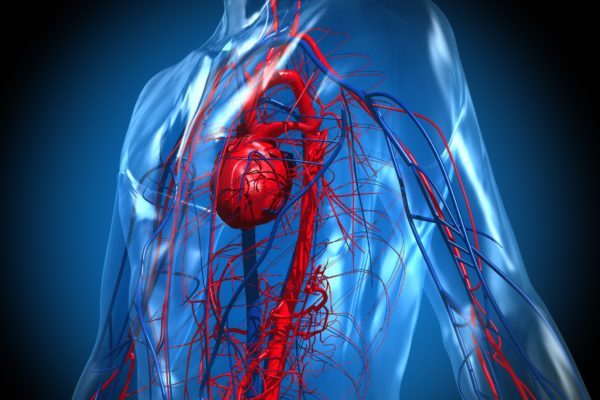
Platelet Disorder Support Association (English)
Immunobromtocytopenia or idiopathic thrombocytopenic purpura (ITP) is a rare autoimmune disease that is characterised by an increased break down of platelets. In an autoimmune disease, the immune system recognises its own cells and substances as foreign and produces antibodies to attack these ‘intruders’ as a result.
In patients with ITP, the immune system produces antibodies against the platelets (also known as thrombocytes). As a result, there is an increased degradation of platelets and, in addition, the production of new platelets in the bone marrow is suppressed. Thrombocytopenia therefore also means a shortage of platelets.
Platelets play an important role in blood coagulation. Blood coagulation is the process by which blood changes from a liquid to a gel, forming a blood clot. When somebody has a haemorrhage, platelets are attracted to the site of the bleeding and stick together to create a clot and stop the haemorrhage. People with ITP have a shortage of platelets, which makes the formation of a clot more difficult and therefore, patients with ITP are more susceptible to haemorrhages and will bleed for longer period of time, compared to a patient without this condition.
ITP was also known as Werlhof's disease, after the discoverer of this disease, Paul Gottlieb Werlhof.
Approximately 1-4 in every 100,o00 people in the Europe have ITP. Among adults aged 30-60 years, slightly more women than men suffer from the disease. The ratio is the same outside this range. The disease occurs in all ages and ethnic groups. Approximately 30% of chronic ITP patients already have another autoimmune disorder, such as thyroid disease or rheumatism.
There are three types of ITP:
The symptoms of immune thrombocytopenia differ in each patient. Almost 25% of the patients experience no burden of the disease. In those patients the disease is discovered by accident when routine bloods are performed.
The symptoms of immune thrombocytopenia depend on the number of platelets in the blood. Serious symptoms and severe haemorrhages occur especially in patients with very low platelet counts. Common symptoms of ITP are:
Immune thrombocytopenia develops without a clear cause. Sometimes viral infections, a pregnancy or certain medicines trigger the disease, but usually the syndrome arises spontaneously.
The cells that are responsible for antibody production are the B lymphocytes (white blood cells) These B-cells are present everywhere in the body, especially at the site of infections, but especially in the lymph nodes, blood, bone marrow and the spleen. The antibodies produced by the B cells enter the bloodstream and attach themselves to the platelets. These platelets are then destroyed at an accelerated rate in the spleen. Because the platelets are removed from the bloodstream, a strong decrease in the number of platelets occurs.
The decreased amount of platelets has various causes. In order to be able to diagnose immune thrombocytopenia, several studies are necessary to exclude other causes:
The course of immune thrombocytopenia is difficult to predict. Treatment is therefore not always necessary. When a treatment is required, a distinction must be made between the acute and chronic type of the disease. In all cases, treatment is aimed at preventing bleeding problems.
The decision to start treatment depends on a number of factors:
In the case of immune thrombocytopenia, treatment is only advised when the patient experiences severe symptoms. In some cases, this means that the patients platelets count are below 10 billion / litre of blood before a treatment is started.
Besides the above mentioned factors, medical professionals take the following aspects into account before advising a treatment:
Treatment may consist of:






